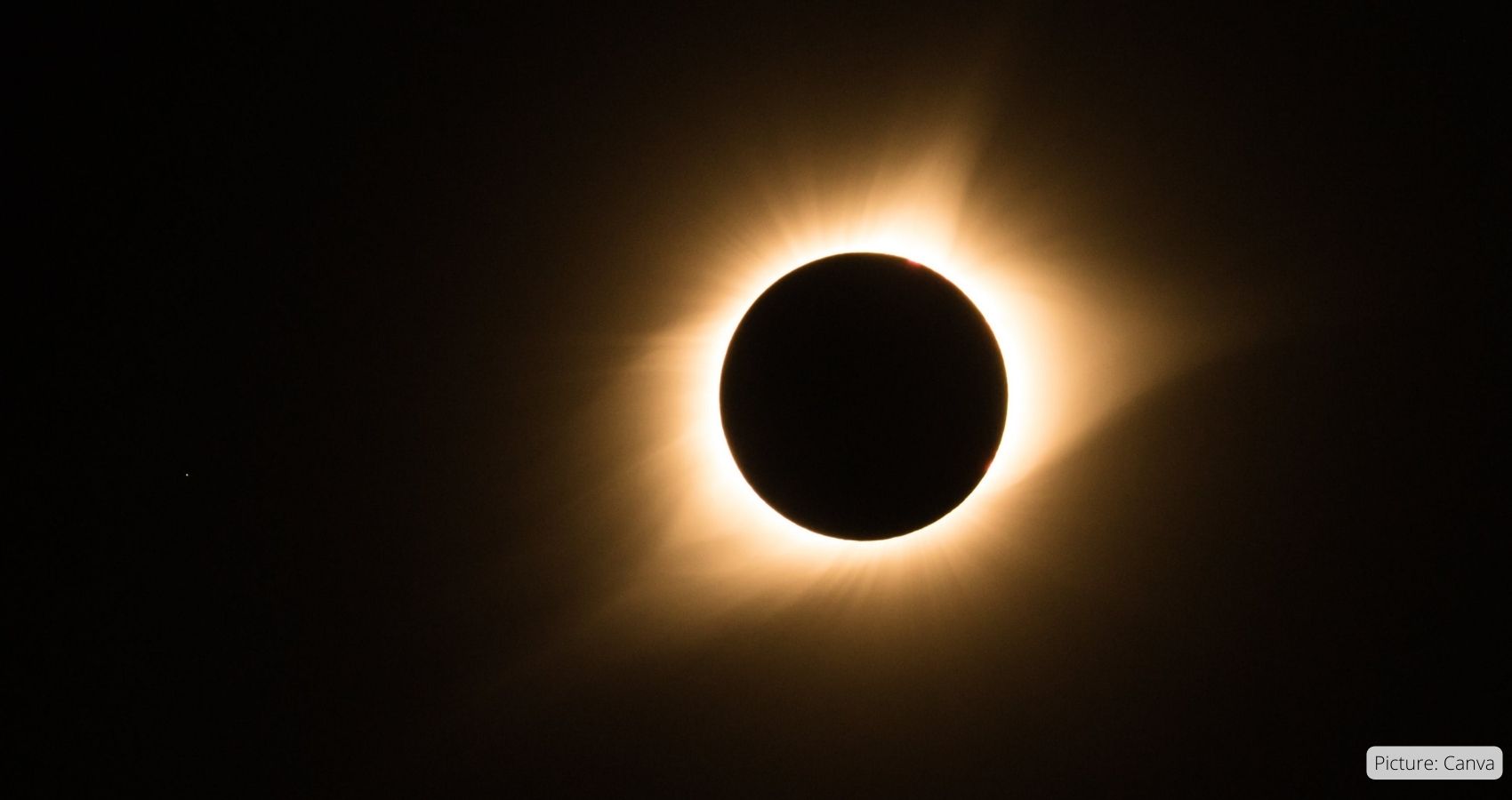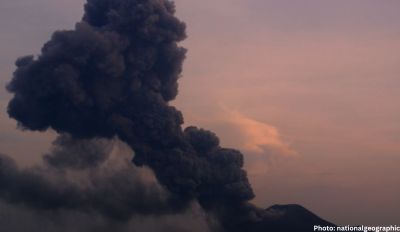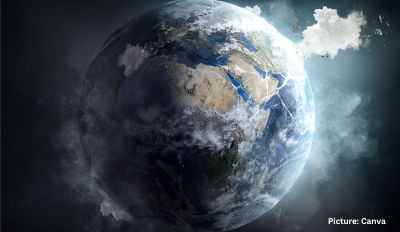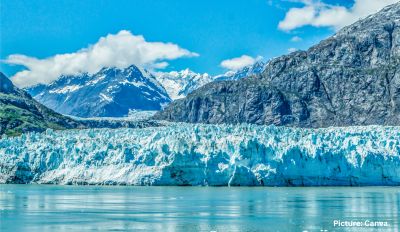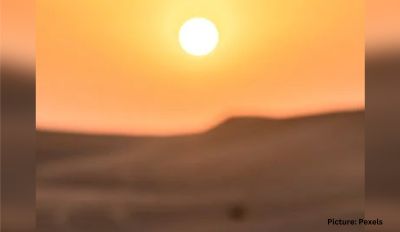How fortunate are the inhabitants of Carbondale, Illinois? According to celestial mechanics, a total solar eclipse should occur at any given location on Earth’s surface roughly once every 375 years on average. However, the 30,000 residents of this Midwestern city might find this statistic amusing, as they are gearing up to witness the Moon obscure the Sun’s disk for the second time in just seven years.
Moreover, the upcoming eclipse on April 8th promises to surpass the spectacle of the 2017 event. Lasting for an impressive 4 minutes and 9 seconds, the sky will plunge into darkness, nearly doubling the duration of the previous eclipse.
Anticipation is building as up to 200,000 people are expected to converge on prime viewing spots in southern Illinois for what has been dubbed “The Great American Eclipse, Part II.” However, the excitement extends beyond Illinois, as the eclipse’s path stretches from Mexico’s Pacific coast to Canada’s Atlantic seaboard, promising a blockbuster event.
In contrast to the 2017 eclipse, which traversed sparsely populated regions, the 2024 event will pass over major urban areas in the United States such as Dallas, Indianapolis, Cleveland, and Buffalo. Dr. Kelly Korreck, the eclipse program manager at NASA, highlighted the significance, stating, “This is going to be the most populated eclipse in the US, with 31.5 million people able to just walk outside of their homes to experience it.”
NASA is gearing up for the event with a series of experiments, including launching rockets into the Moon’s shadow to study its effects on the Earth’s atmosphere and deploying instrumented jet planes to chase the shadow. Dr. Amir Caspi from the Southwest Research Institute explained the rationale behind the aerial pursuits, emphasizing the unique perspective they provide.
The journey of the 2024 total solar eclipse will commence over the Pacific Ocean, with the residents of Penrhyn Atoll in the Cook Islands witnessing a darkened Sun at dawn. From there, the Moon’s shadow will race across the Earth’s surface at speeds exceeding 2,500 km/h, crossing the Mexican coast and the US-Mexico border before traversing 13 states and skimming the Canadian border.
Unfortunately for Europe, the eclipse will only offer a partial view low on the horizon at sunset. However, enthusiasts around the world have been meticulously planning their viewing strategies, considering transportation, accommodation, and historical weather patterns. While Mexico and Texas offer the best chances of clear skies, weather unpredictability adds an element of uncertainty to eclipse viewing, even in locations like Carbondale.
Despite the abundance of space telescopes monitoring the Sun, total eclipses remain invaluable for studying the Sun’s outer atmosphere, known as the corona. This magnetized, superheated region plays a crucial role in generating the solar wind, which can disrupt satellites, communications, and electricity grids. Total eclipses provide a unique opportunity to study the corona’s elusive properties, as the Moon’s disk perfectly aligns with the Sun, allowing for unobstructed observations.
Collaborating with NASA, British scientists plan to deploy instruments in Dallas to study the corona’s directional qualities and the behavior of excited iron atoms using polarimeters and spectrometers. Dr. Huw Morgan from Aberystwyth University emphasized the importance of eclipse observations in understanding the Sun-solar wind connection.
In addition to professional research, citizen scientists can contribute to eclipse science through various projects. Initiatives like Sunsketcher, Eclipse Soundscapes, Globe Observer, and Eclipse Megamovie engage enthusiasts in measuring the Sun’s shape, recording environmental changes during eclipses, and capturing extended views of the event using DSLR cameras.
Dr. Liz MacDonald from NASA highlighted the value of citizen science in enhancing eclipse observations, emphasizing the collaborative nature of the endeavor. However, she also stressed the importance of safety precautions, advising against looking at the exposed Sun with the naked eye.
As excitement builds for the 2024 total solar eclipse, Dr. Korreck reminded enthusiasts of its uniqueness and encouraged everyone to experience it firsthand. While Montana and North Dakota will witness a partial eclipse in 2044, the next total solar eclipse spanning a broad swath of the US won’t occur until the following year.

